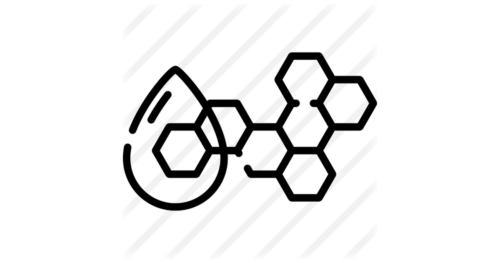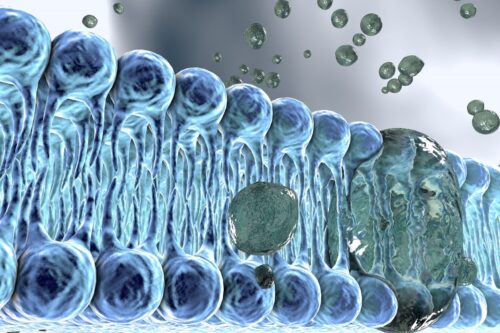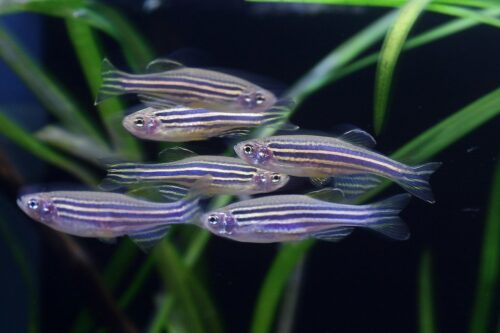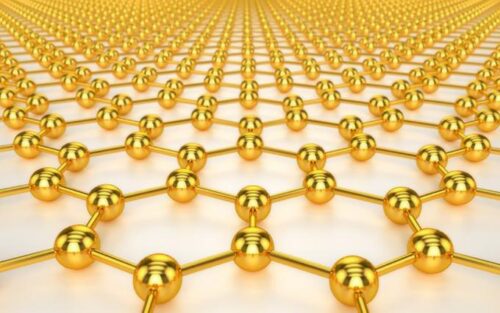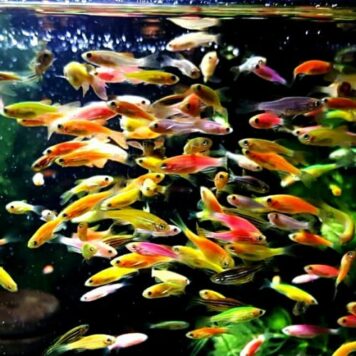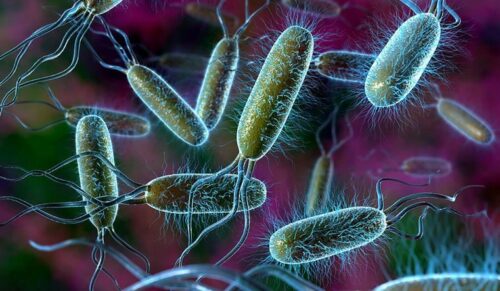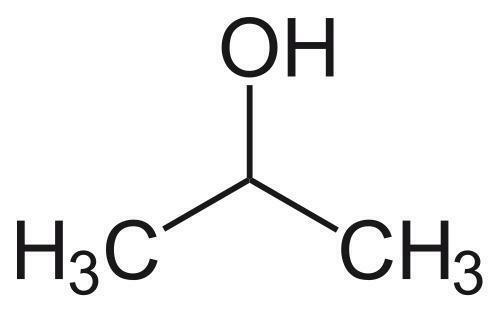Native fullerene is notoriously insoluble in water and forms aggregates toxic to cell membranes, thus limiting its use in nanomedicine. In contrast, water-soluble fullerenol is compatible with biological systems and shows low in vivo toxicity on human cell lines. The interaction mechanism between these hydrophilic nanoparticles and biological membranes is however not well understood. Therefore, in this work, the effect of fullerenol on model eukaryotic and bacterial membranes was investigated using (31)P- and (2)H solid-state NMR as well as FTIR spectroscopy. DPPC/cholesterol and DPPC/DPPG bilayers were used to mimic eukaryotic and bacterial cell membranes, respectively. Our results show low affinity of fullerenol for DPPC/cholesterol bilayers but a clear interaction with model bacterial membranes. A preferential affinity of fullerenol for the anionic phospholipids DPPG in DPPC/DPPG membranes is also observed. Our data suggest that fullerenol remains at the water/bilayer interface of eukaryote-like membranes. They also indicate that the presence of a polar group such as DPPG’s hydroxyl moiety at the bilayer surface plays a key role in the interaction of fullerenol with membranes. Hydrogen bonding of fullerenol nanoparticles with DPPGs’ OH groups is most likely responsible for inducing lipid segregation in the lipid bilayer. Moreover, the location of the nanoparticles in the polar region of DPPG-rich regions appears to disturb the acyl chain packing and increase the membrane fluidity. The preferential interaction of fullerenol with lipids mostly found in bacterial membranes is of great interest for the design of new antibiotics.
Related researches 71 articles
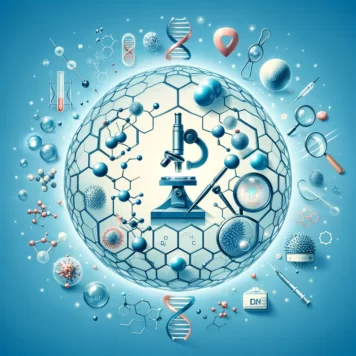



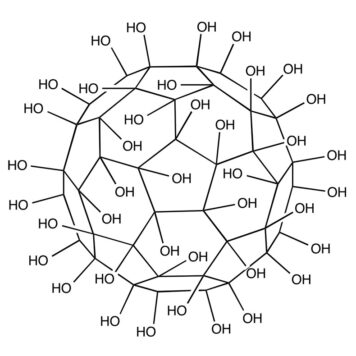
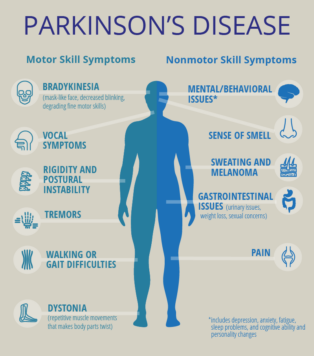
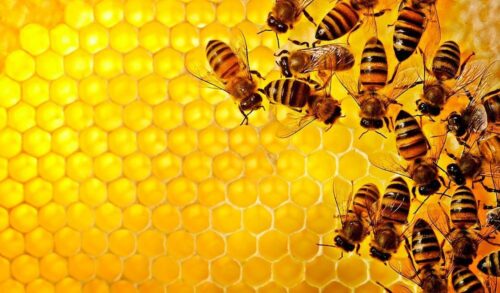

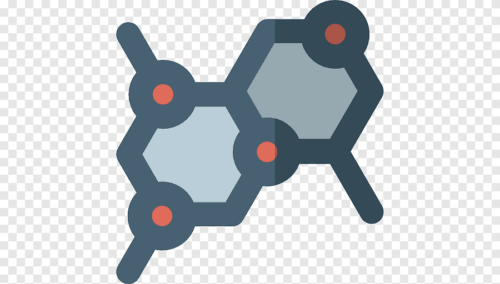
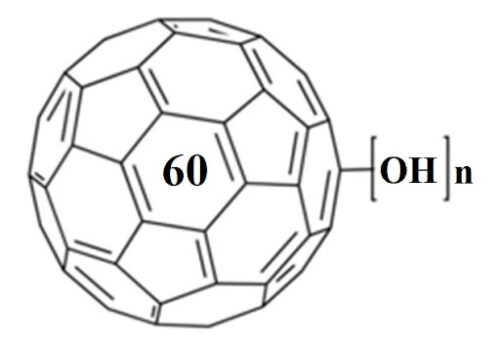

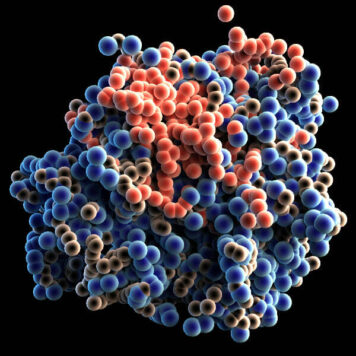


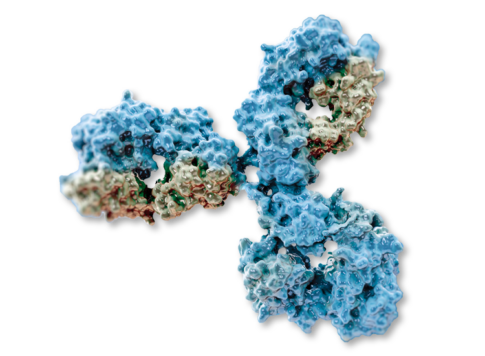
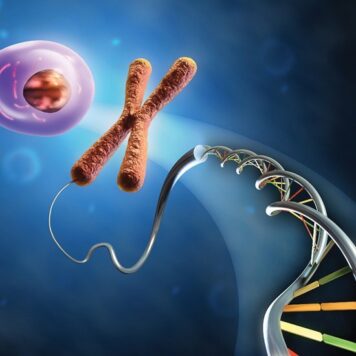


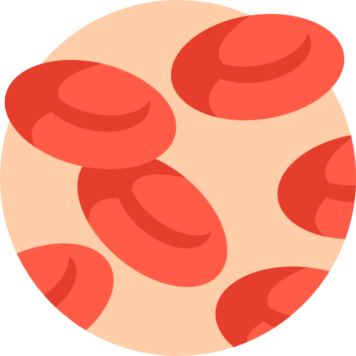
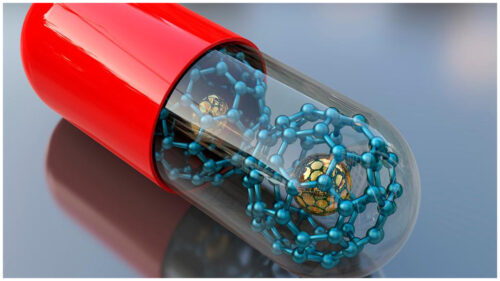


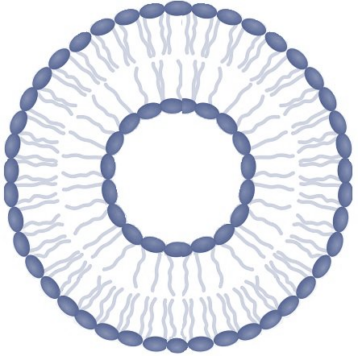

![Inhalable gadofullerenol/[70] fullerenol as high-efficiency ROS scavengers for pulmonary fibrosis therapy](https://biofullerene.com/wp-content/uploads/2022/12/istockphoto-12925559-440x356.jpg)
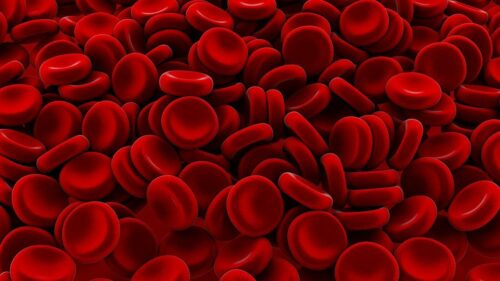
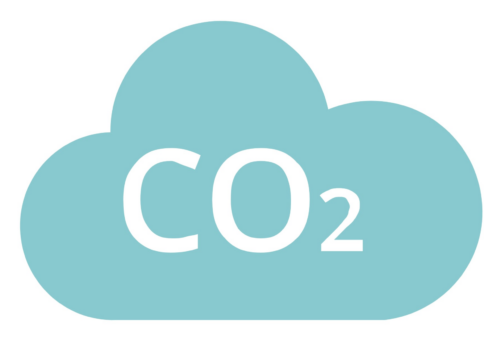
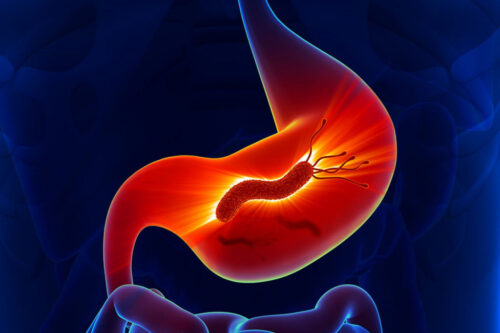
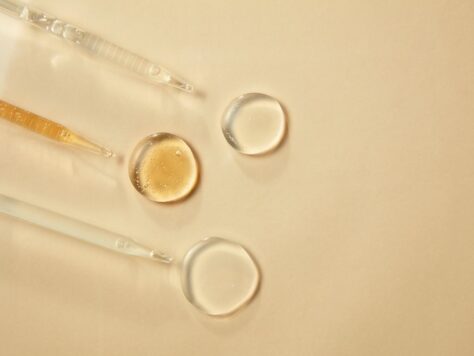
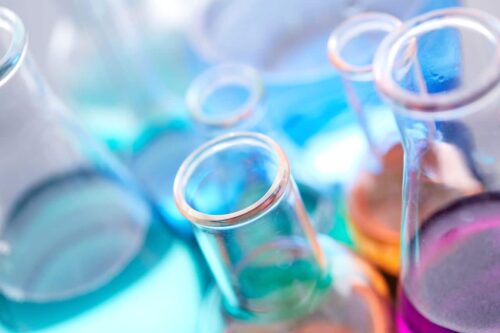



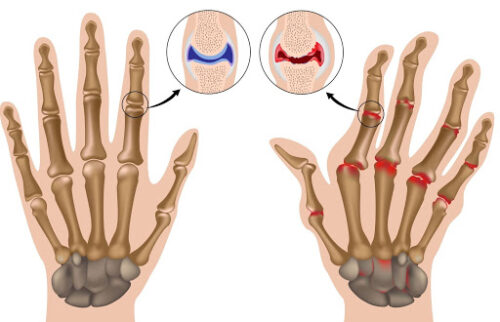
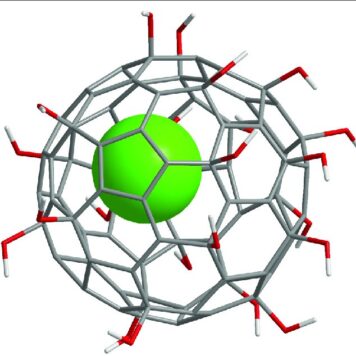
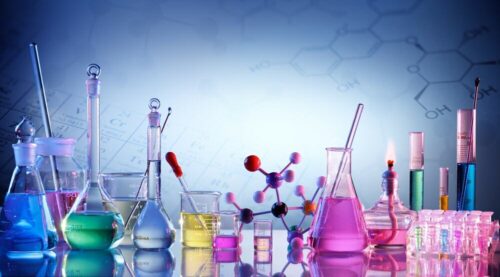
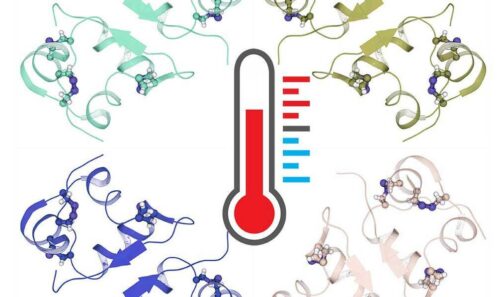

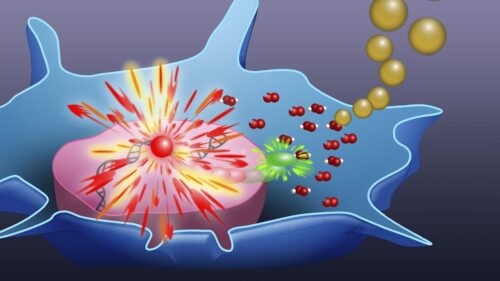
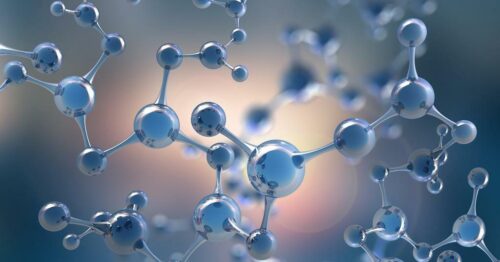





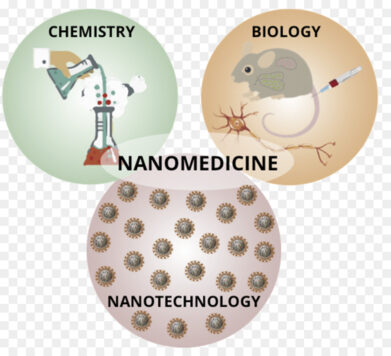
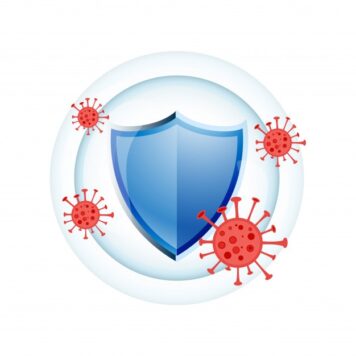
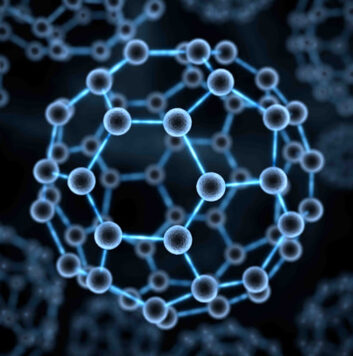

![Palladium-Catalyzed Reaction of [60]Fullerene with Aroyl Compounds via Enolate-Mediated sp 2 C-H Bond Activation and Hydroxylation](https://biofullerene.com/wp-content/uploads/2022/12/2978543-356x356.png)
